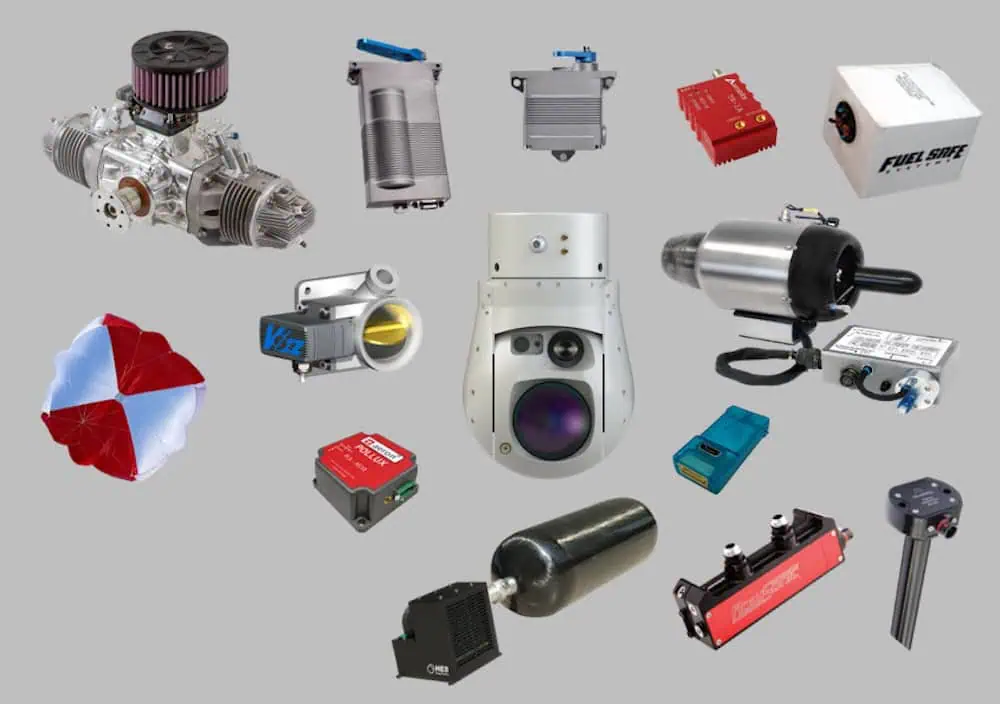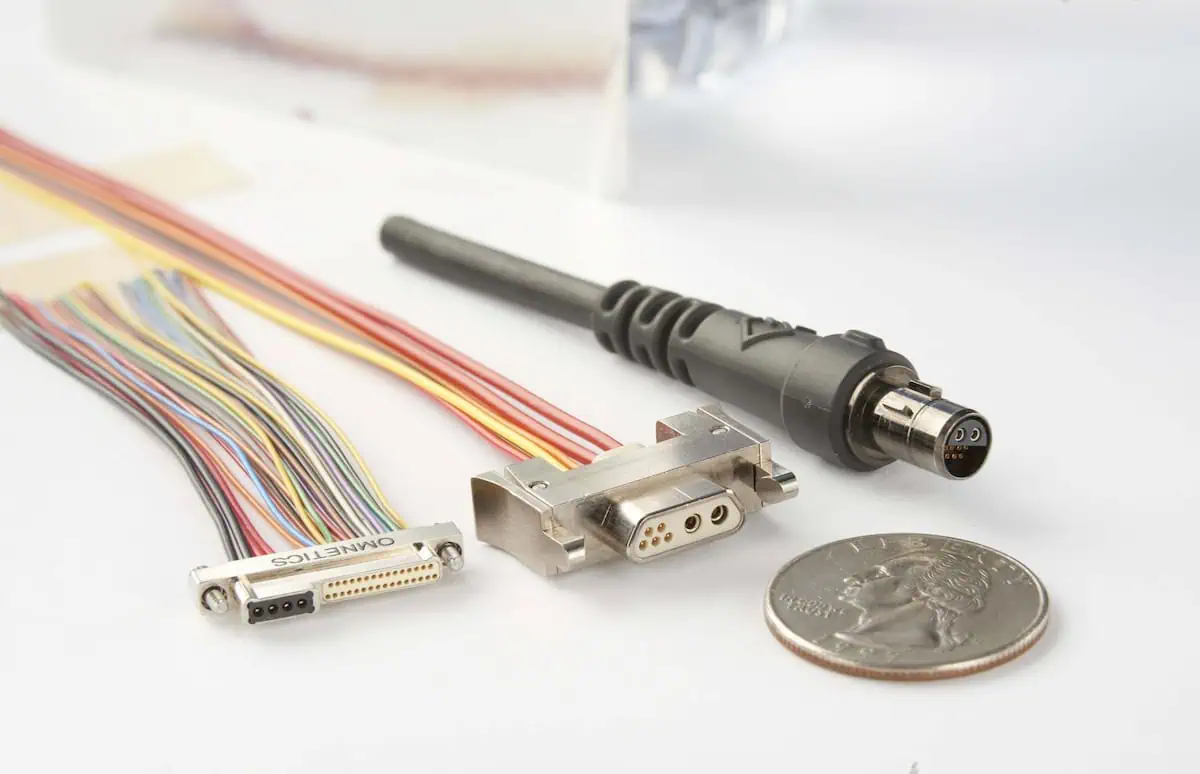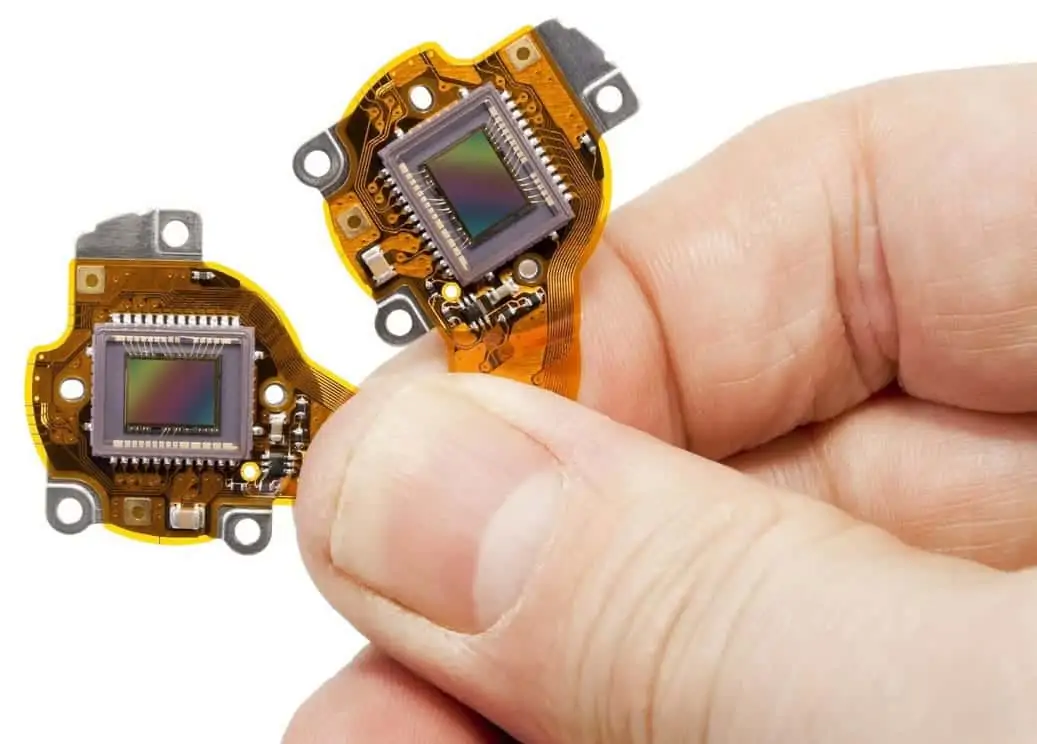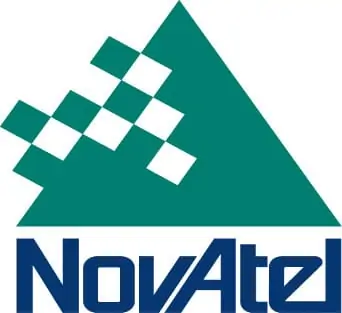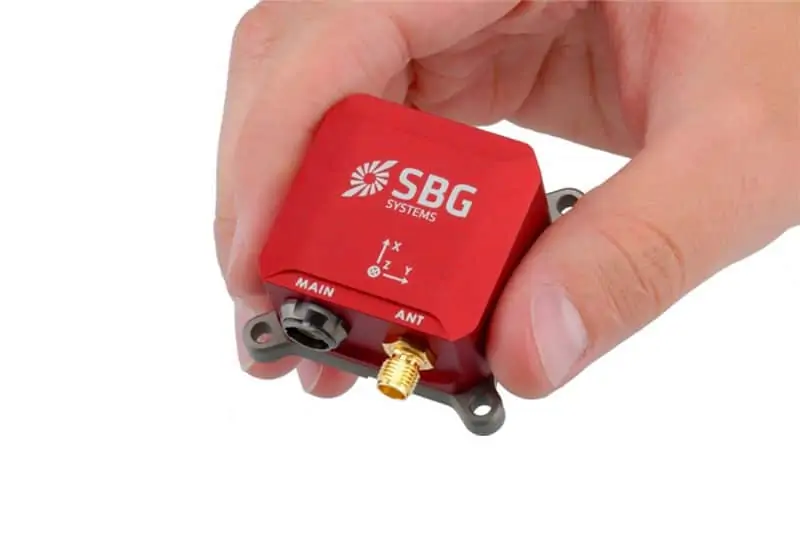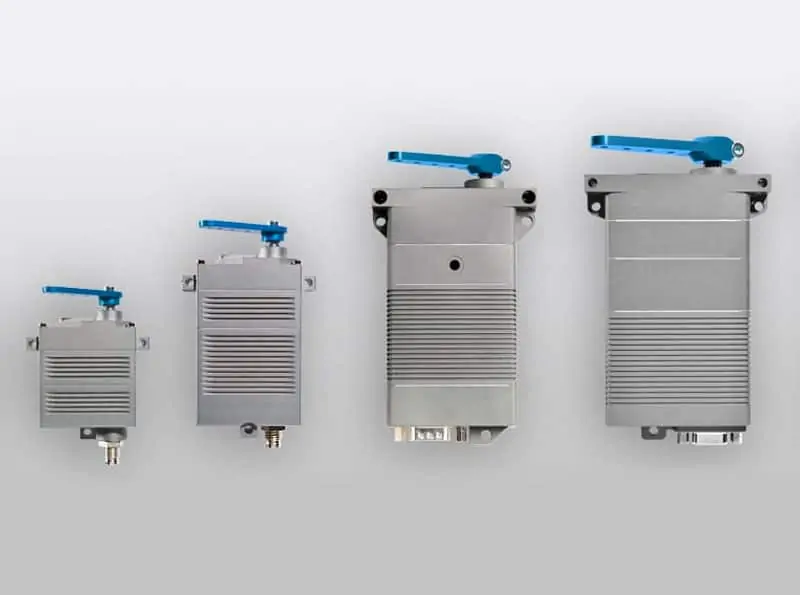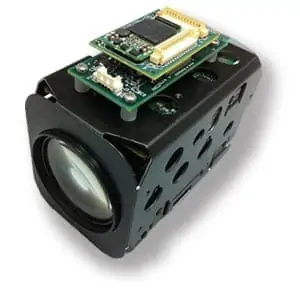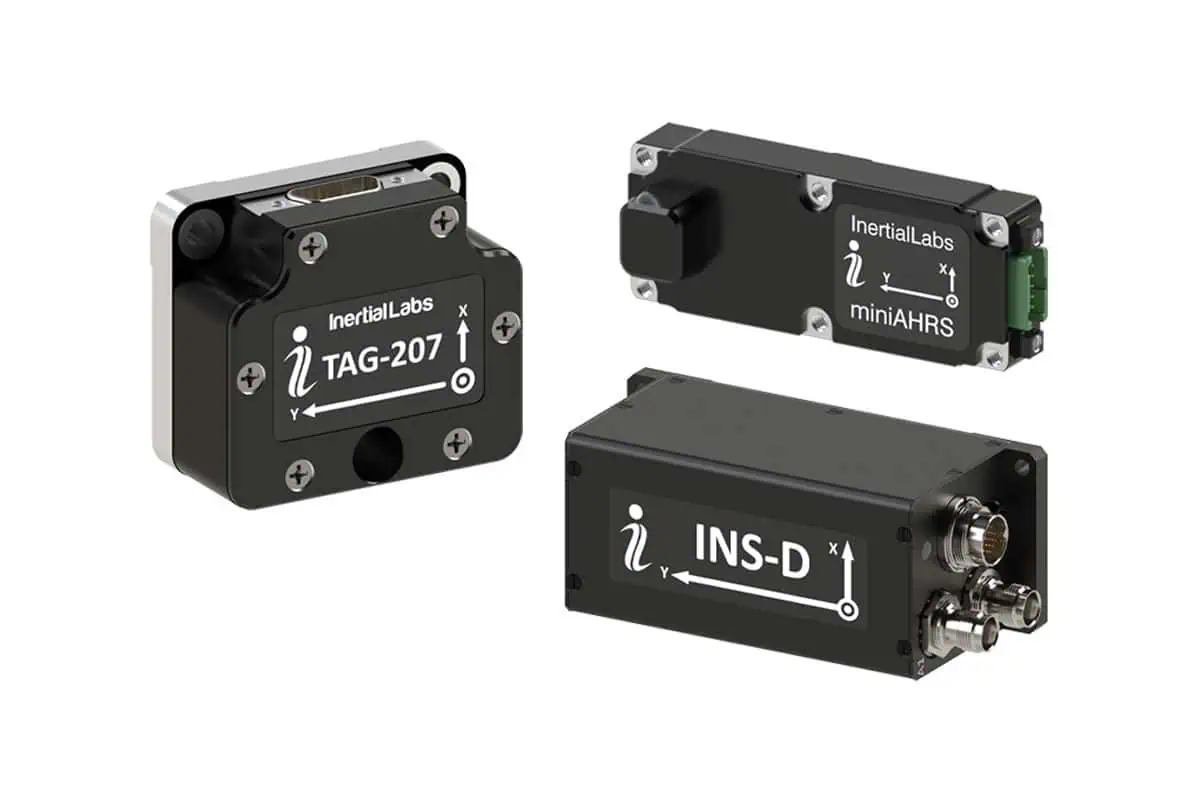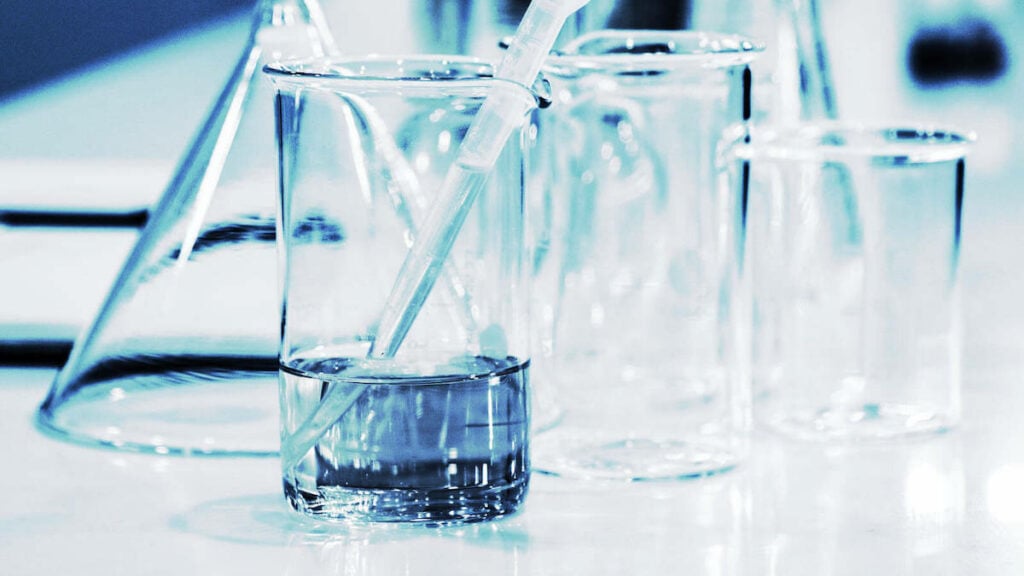
Selecting an appropriate conformal coating for electronic products requires an understanding of the operational environment and potential reliability threats. Key factors include whether the coating must be biocompatible, transparent, and the necessary thickness.
HZO provides a solution in ultra-thin Parylene coatings, suited to the protection of mission-critical electronics and PCB assemblies within unmanned aerial vehicles (UAVs) and robotics.
Parylene, with its strong chemical resistance and ability to perform across a wide temperature range, is ideal for protecting components and integrated circuits, especially when exposed to corrosives, humidity, immersion, and diverse chemicals.
Chemical Resistance of Parylene Coatings
Parylene conformal coatings, being chemically inert, show resistance to solvents at room temperature and up to 150° C. This resistance prevents erosion, delamination, and other forms of coating degradation, ensuring reliable performance.
These conformal coatings resist inorganic reagents, including alkalis and strong acids. Parylene coating is therefore chemically resistant to solvents and reagents, including:
Acids, Bases, Corrosives
- Hydrochloric acid, 10%
- Sulfuric acid, 10%
- Nitric acid, 10%
- Hydrofluoric acid, 10%
- Sodium hydroxide solution, 10%
- Ammonium hydroxide solution, 10%
- Hydrogen peroxide in water (H2O2)
Organic Solvents
- n-Octane
- Toluene
- Chlorobenzene
- Pyridine
- 2-Propanol (IPA)
- Acetone
HZO’s full Parylene datasheet >>
Parylene C’s Chemical Resistance
There are different types of Parylene, such as Parylene N, C, and F (VT-4), each with specific properties suitable for various projects.
Parylene C, in particular, withstands exposure to corrosive liquids and solids, as well as most solvents and reagents used in electronic processing. This includes diluted acids, bases, and organic solvents like isopropyl alcohol.
Chemical Vapor Deposition (CVD) Process
The chemical resistance of Parylene is partly due to the unique vacuum deposition method used to apply the coatings, known as chemical vapor deposition (CVD).
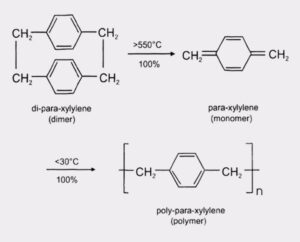
This results in a chemically stronger film compared to liquid-derived and assembled monolayers.
Illustrated guide to CVD >>
If Parylene appears suitable for your application, contact HZO below, or read more about scalable Parylene coating equipment and Parylene masking automation.

